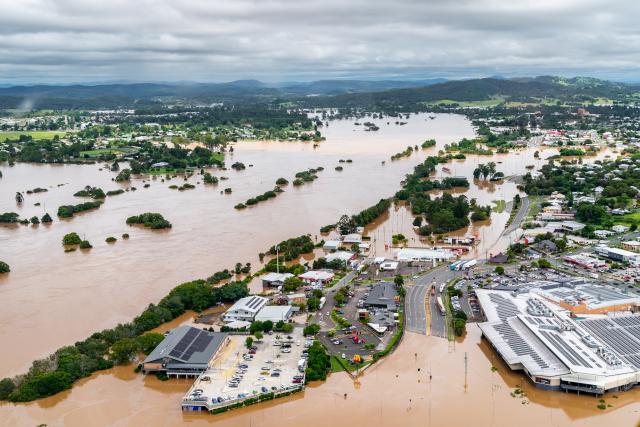
Gympie residents were among 600 victims of last year’s record floods polled by researchers from QUT, USQ and MacQuarrie universities for the Natural Hazards Research Australia group.
The report indicates insurers need to issue consistent factsheets across Australia on correct claims procedures, and says victims felt frustrated by a lack of choice when arranging repairs through their insurers.
According to the report, which was released in May this year, insurers had to deal with 240,000 claims from the event over Northern New South Wales and South East Queensland, and a shortage of materials and building trades.
“The east coast floods have been exceptional in so many ways,” the report said.
“The insurance industry needs to review its performance during these floods. Plans and contingencies need to be in place to improve surge capacity in future similar (and likely worse) flood situations.
“These changes need to be communicated to reassure existing policy holders living in higher flood risk areas.”
Assistant Treasurer Stephen Jones announced a Federal Parliamentary Inquiry into the practices of insurance companies last Wednesday, saying it will investigate every aspect of insurance companies’ response to the string of disasters across Australia in 2022.
The need for this inquiry fits, given some of the findings from the NHRA report.
The researchers interviewed 192 flood‐impacted residents in August-October, and held an online survey of 430 other flooded residents – two thirds from NSW and a third from Queensland.
The report says more advocacy roles and personal support services are needed to enable community members to navigate the claims process.
“Detailed and explicit” checklists of what customers need to do after a flood event – and what they should not do – should set out how to “make this as clear, simple, and achievable as possible”.
The report surmised that having this synchronised advice would help to lessen the devastation felt by householders and avoid some of the instances reported to them where well-meaning helpers discarded household items that may have been salvageable or by not acting in a timely matter, actually made their situation worse.
“There was a perception of a lack of consistent information available from insurers. Residents reported that insurers were overwhelmed and difficult to contact. Others only found out how badly they had compromised their claims process when it was too late.”
Of the 384 residents polled, 17 per cent had no home/building cover, 56 per cent had flood cover and 27 per cent had insurance but were not covered for flood.
For contents, 53 per cent had flood cover while 23 per cent were not insured at all.
Comments relating to insurance were made by most residents in interviews, either because they didn’t have flood insurance and/or couldn’t afford it, or they were having problems with various aspects of the assessments and claims process.
Many residents surveyed mentioned issues with insurers regarding stormwater versus floodwater impacts in flood assessments.
“Many reported knowing how drainage behaved in heavy rain and fighting for that knowledge to be accepted,” the report said.





